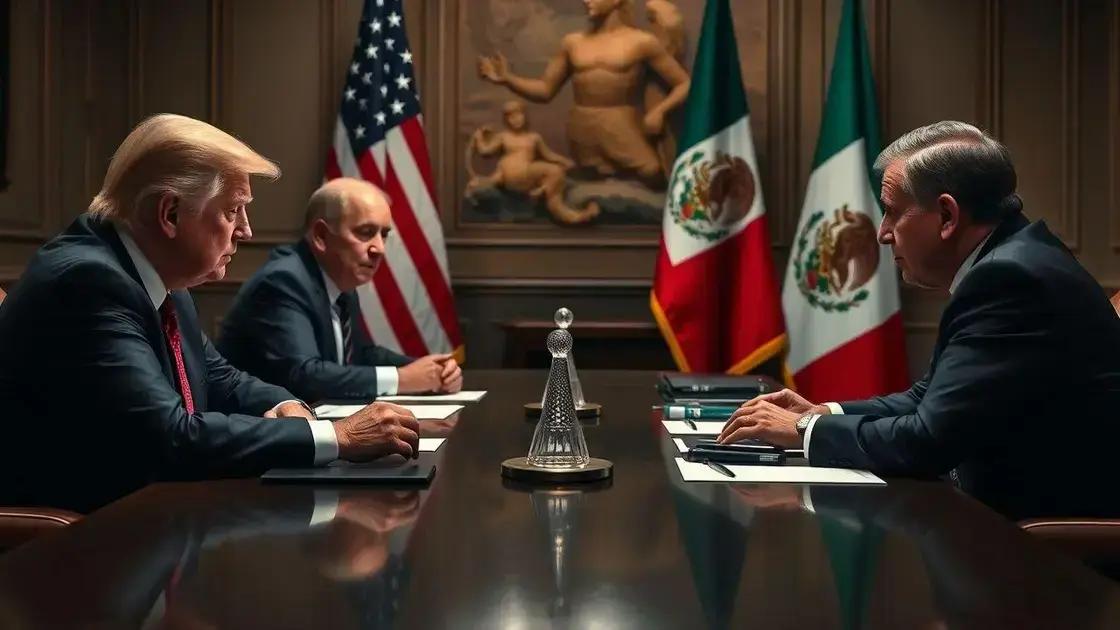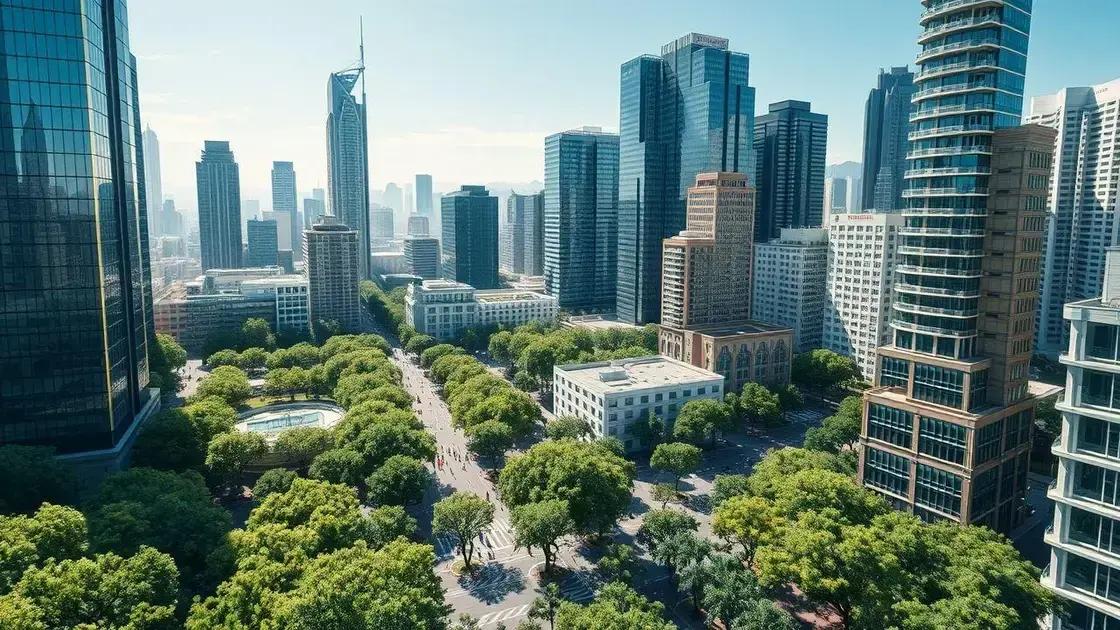How Tariffs Are Affecting Wedding Budgets and What Couples Can Do About It
Weddings are a significant milestone in many people’s lives, and planning the perfect day requires careful thought and a substantial financial investment.
However, in recent years, many couples have faced an additional challenge when it comes to managing wedding budgets — tariffs.
The imposition of tariffs, particularly on imported goods, has made an already expensive occasion even costlier.
Flowers, dresses, decorations, and other imported items are all affected by the increasing costs due to tariffs, putting a strain on many couples’ wedding plans.
In this article, we will explore how tariffs are influencing wedding budgets, the various components of weddings that are impacted by tariff increases, and what couples are doing to adapt to these rising costs.
What Are Tariffs, and How Do They Affect Weddings?
A tariff is a tax imposed by a government on goods imported from other countries.
These taxes can raise the cost of goods significantly, making them more expensive for consumers.
In the context of weddings, many components are sourced internationally — from flowers and gowns to decorations and even alcohol — and tariffs on these goods can cause a substantial increase in overall wedding expenses.
For wedding planners, florists, dressmakers, and other vendors, the challenge is not just the direct cost increase but also the unpredictability.
Some businesses are able to absorb the tariff hikes, but for others, passing on these costs to couples becomes unavoidable.
As a result, wedding budgets are feeling the strain, with brides and grooms finding themselves having to reassess their spending or even change plans altogether.

The Wedding Industry and Tariff Increases
Several parts of the wedding industry are experiencing price hikes due to tariffs.
According to The Knot, a prominent wedding website, as much as 80% of cut flowers are imported from other countries, and 90% of wedding gowns sold in the U.S. are sourced from overseas.
Given that many couples rely on these imported goods for their big day, tariffs can have a significant impact on the overall cost of a wedding.
One of the most affected areas is the floral arrangements.
Florists, like Allison Krivachek, have been grappling with price increases for imported flowers.
In her own business, Krivachek has noticed price hikes ranging from 10% to 25%, which can quickly add up when working with high-budget weddings.
A typical floral budget for a wedding can easily exceed $5,000, and with the added tariff costs, the final amount becomes even higher.
Brides and Grooms Feeling the Pressure
It’s not just wedding vendors who are feeling the pressure — brides and grooms are also concerned about keeping their budgets under control.
According to a survey conducted by The Knot, 73% of couples listed sticking to their budget as their top concern during wedding planning.
In fact, 46% of couples cited economic factors, such as inflation and rising costs, as a major worry.
However, only 15% of couples expressed direct concern about tariffs impacting their wedding budgets.
Despite this, many are making adjustments in response to these economic pressures.
The same survey found that over 36% of couples are altering their plans due to rising costs.
While 22% of couples are adjusting their budgets, a more significant portion (68%) are increasing their budgets in response to the price hikes.
Many couples are not cutting back but instead opting to pay more to keep the original plans intact, particularly when it comes to crucial elements like flowers, gowns, and decorations.
How Couples Are Adapting to Tariff Costs
In response to the rising costs of imported wedding goods, many couples are taking proactive steps to manage their budgets.
Some are choosing to purchase items earlier to lock in current pricing before any further tariff hikes occur.
By buying wedding dresses, flowers, and other essentials ahead of time, they aim to avoid the uncertainty of fluctuating prices.
Another strategy couples are adopting is opting for locally sourced or U.S.-made products.
For example, instead of purchasing flowers from overseas, some brides are choosing locally grown varieties.
In some cases, this may not only help to avoid tariff costs but also allow couples to support local growers and create a more sustainable wedding.
Florists like Krivachek have also encouraged clients to explore alternatives like landscaping plants or bushes, which can be reused and even planted after the wedding, adding a sentimental and sustainable element to the celebration.
Reducing Guest Numbers to Save Costs
The guest list is another area where couples are making adjustments.
According to the survey, about 28% of couples have reduced their guest list by an average of 25 people (or 12 couples).
This decision helps to manage costs without sacrificing the guest experience.
With the average wedding guest count sitting at 112, reducing this number can provide significant savings, especially in areas like catering and venue rental.
However, many couples are keen to maintain the experience for their guests, which is why a reduction in numbers is often seen as a last resort.
Instead, couples are looking for ways to offset the higher costs of goods like flowers and dresses while still offering a memorable experience for everyone.
The Impact on Wedding Dresses
Wedding gowns are another significant expense for many couples, and tariffs are driving up costs in this area as well.
A large proportion of wedding gowns sold in the U.S. are imported, and the materials used to create these dresses often come from multiple countries.
The tariff increases are thus affecting both the price of the materials and the final product.
Nayri Kalayjian, owner of Lovella Bridal in Los Angeles, noted that price increases of between 10% and 35% due to tariffs are not uncommon.
Some designers are opting for a straight price increase, while others are adding a specific surcharge to account for the tariff costs.
However, Kalayjian also pointed out that bridal boutiques typically experience price increases multiple times a year, so tariff-related hikes are not the only reason prices are rising.
Despite these increases, there are still options for brides on every budget.
Bridal boutiques often offer sample dresses at discounted rates, which can be a cost-effective alternative for those looking to save money.
Additionally, some brides are opting for off-the-rack dresses, which are typically less expensive than custom-made gowns.
Vendors’ Responses and Adjustments
Vendors are doing their best to help couples navigate the challenges posed by tariffs.
Florists, bridal shops, and other wedding vendors have adjusted their offerings, working closely with couples to find alternatives that fit within their budget.
Many vendors are providing flexible pricing options, suggesting cost-saving alternatives, and offering advice on how to make the most of the current market conditions.
For florists like Krivachek, finding a balance between meeting the needs of their clients and managing rising costs is crucial.
She has communicated with clients about the potential impact of tariffs and has worked with them to find local alternatives that can meet the same aesthetic goals.
By using local varieties, she has been able to keep costs down while still delivering beautiful arrangements.
Conclusion: Navigating Wedding Budget Challenges in the Era of Tariffs
The impact of tariffs on wedding budgets is undeniable, with rising costs affecting everything from flowers and dresses to decorations and catering.
While the situation is challenging, many couples are taking proactive steps to adapt.
By purchasing items earlier, opting for local products, and adjusting their guest lists, couples can still plan the wedding of their dreams without breaking the bank.
Wedding vendors are also stepping up, offering flexible pricing and alternative options to help couples navigate the financial strain caused by tariffs.
While the increase in costs is not ideal, it’s clear that with the right planning and support, couples can manage their budgets effectively and still enjoy a memorable celebration.
Table: Common Wedding Budget Components Affected by Tariffs
| Wedding Component | Impact of Tariffs | Possible Solutions |
|---|---|---|
| Floral Arrangements | Price increases of 10% to 25% due to imported flowers | Use local flowers or landscaping plants to reduce costs |
| Wedding Gowns | Price increases of 10% to 35% due to tariffs on materials | Opt for off-the-rack dresses or purchase sample dresses |
| Centerpieces and Decorations | Imported goods cost more due to tariffs | Use locally sourced or DIY decorations |
| Alcohol | Increased costs for imported beverages | Purchase locally produced beverages or negotiate with local suppliers |
| Guest Count | Larger guest lists increase catering and venue costs | Reduce guest numbers slightly to keep costs under control |
Ultimately, while tariffs are adding complexity to wedding planning, they also present an opportunity for couples to think creatively and make choices that align with their budget and values.
With careful planning and vendor collaboration, it’s still possible to have a beautiful and memorable wedding without compromising on quality or experience.






